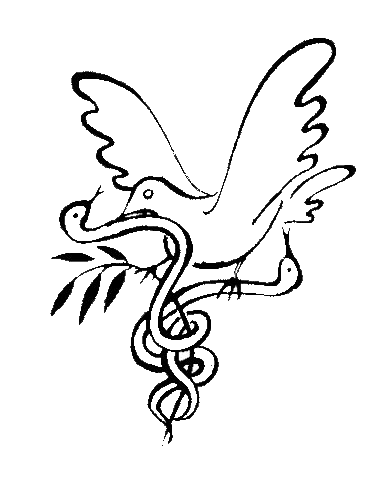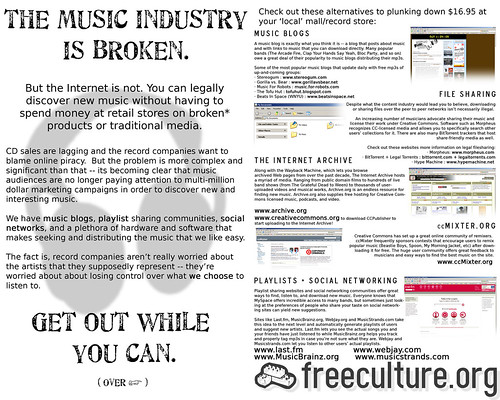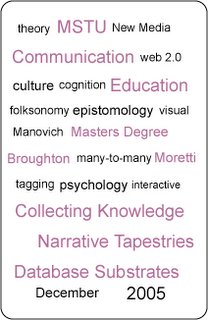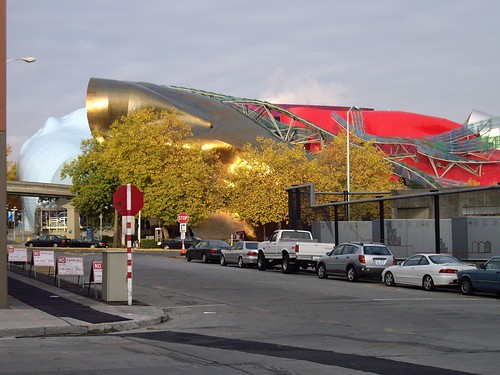March 2, 2006
Out of Context
Today I saw Ted Selker present a talk on “Context-Aware Computing: Understanding and Responding to Human Intention” His perspective on inventions resonated strongly with my recent thinking on social interfaces and software as architecture, and in turn, ideology.
Ted is helping to create a world where intelligence is everywhere, transparently. People joke about toaster oven’s with IP addresses, but you ain’t seen nothing yet.
A few of the examples really stuck out though – intelligent doors that give different people different messages about the availability of the inhabitant, tools that help people manage their relationships better (e.g. themail, clustering and color coding emails, rather than putting them in buckets), and a great little anecdote about doctors who don’t wash their hands before examinations.
In this last case, a hospital approached the lab asking for some high tech solution to insure that doctors washed before procedures. They used to have human supervisors (union, I’m sure) standing by the sink, and were envisioning some sort of rfid-cybercop-surveillance solution. Instead, Ted and his team designed an electronic doorstop. The examination room door would not close until the doctors washed their hands for at least 20 seconds.
Ted has a background in cog-sci and is acutely aware (the whole media lab seems to be) of the ways in which technology is becoming a leading art, and ways in which behavior can influence worldview. I wish this understanding was more widespread.
A few other thoughts –
Ted’s characterization of inventing as adventure movie, moving “at the speed of physics” reminded me alot of extreme programming – release early, release often, embrace change, favor improvisation over the paralysis that comes with the heft of over-engineering and over-designing.
Many of his UI strategies seemed to draw heavily from techniques I first learned about reading The Art of Memory (also echoed in research suggesting larger screens improve efficiency).
Also notable is how this approach of transparent, cognitive prosthesis contrasts with the UI the informedia group presented. Their Visual Query Interface presents the user with sliders allowing them to interact with the system to fine tune the strictness of the computer’s judgment. This mixed mode of interaction seems to differ fundamentally from the approach the contextual computing team is taking.
 Filed by Jonah at 1:19 am under Uncategorized
Filed by Jonah at 1:19 am under Uncategorized
No Comments


 1 Comment
1 Comment



 The semester is almost over, and that means its time for me to compose some thoughts. As usual, this opens more questions than it answers, but I’m pretty happy about how it turned out.
The semester is almost over, and that means its time for me to compose some thoughts. As usual, this opens more questions than it answers, but I’m pretty happy about how it turned out.
